Ahead of the release of the first installment of his double album GRÆ, Moses Sumney stands center stage with his band behind him shrouded in red light. With his back partially turned towards the audience, Sumney waves his arm, conducting the band in standard 4/4 time. Sumney belongs in the center. Dressed in his signature all black, he is isolated in white light. Despite the contrast between the heaviness of the red cloaking the band and Sumney in the center, his angelic voice floating above them, they feel like they are part of the same body. Sumney is both the brain and the heart at the center.
This is the second of four performances that make up part of his GRÆ Residency at the Bootleg Theatre in Los Angeles, which surrounding his shows has been hosting an immersive installation where visitors can listen to the album and be completely enveloped in the world that Sumney conveys through his music. How people experience music is changing every day, and it feels appropriate for Sumney, being an artist whose music extends itself beyond our understanding of traditional genre lines, to be thinking about more than just sound.
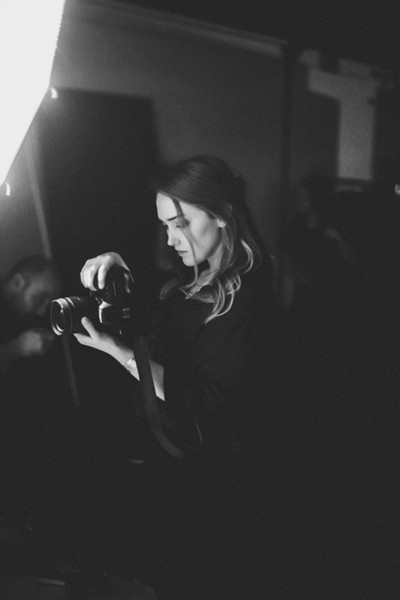
Sam Cannon
The installation is comprised of photos by Sam Cannon, with visuals by Josh Finck and written word and audio by Sumney, and played with 3D Audio by Amazon Music HD. Visitors pass through part of the installation as they make their way to the stage, bunk beds with rose petals frame the edge of the space alluding to the feeling of an interior. The entire space is illuminated by the same warm red light that coats Sumney on stage, and on the walls, opposite of the beds, are images of Sumney, some featuring text connected to the album’s prominent themes of isolation, the idea of interstitial space, displacement, and marginal identity.
Canon, the installation’s creative director, is an artist based out of New York City whose personal work is primarily in the .gif form. She has collaborated with musicians, worked in fashion, and shown in gallery spaces and fairs such as 2016’s SPRING/BREAK art show in New York City. I had the chance to speak with Sam about her role in the project, her personal work, and her relationship to music.
I went to the installation and had a chance to review and view your work, as well as see the performance, which was phenomenal.
Sam Cannon: I’m so glad that you got to go and see it, I’m really jealous. I got to see the first performance, but I wish so badly that I got to see multiple because I know it must change so much between the four nights [of the residency].
I’m always aiming to situate art in a different context that’s both more accessible to people while also trying to examine the way that art intersects with other mediums. So you being the creative director of some of Moses Sumney’s newest projects—namely the installation as a part of his double album—could you potentially talk about what exactly a creative director does and situate it in a way for people who are less familiar with that work can better understand what it is that you do?
Yeah, absolutely. So I come from a photo background. I went to university for fine art photography and I graduated in 2014 and I knew my whole life that I wanted to work with musicians. My mother is a musician and I am obsessed with music. I love music but my understanding of what it meant to get to collaborate with a musician—like a lot of people I think—really boiled down to taking photos of them and making music videos, which are both really, really amazing things to get the chance to work on. But now especially, there are so many different ways that visual artists and musicians can collaborate. And so some of the ways that I get to do that are taking photos of musicians and directing music videos, still, but then there’s also creating lots of different motion visuals, whether or not that’s something that’s gonna live behind tracks on spaces like YouTube, or Spotify, or even videos that play behind the artist as a part of their stage design. Then there are also these more immersive experiences like this GRÆ album release installation, where you really get to create a space where people get to have a physical interaction with what they’re hearing. That, for me, is kind of the most exciting place to get to play in, because I think like a lot of artists, regardless of what medium you are working in, it’s kind of hard these days to put so much time and effort into making these beautiful moments that people ultimately get to see usually on their phones, right? So it’s nice to get to create a physical space that people can get to interact with and that’s something that I didn’t know existed when I was growing up. So that’s been super exciting.
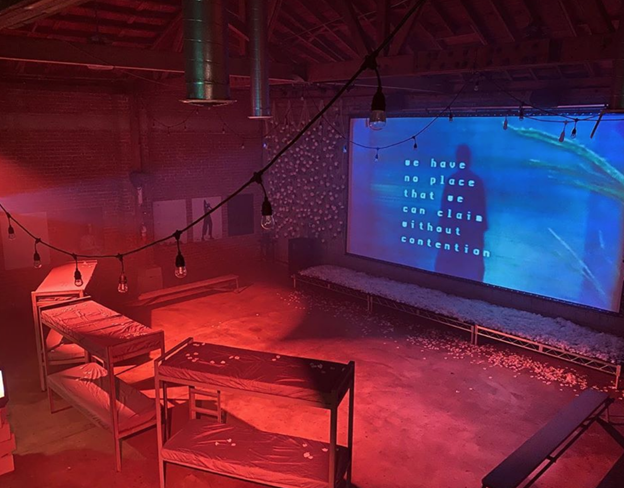
The Installation featured at The Bootleg Theater in Los Angeles
That’s really interesting. If I remember correctly, you went to school at RIT, the Rochester Institute of Technology?
SC: Yeah, I did.
So do you think that being at RIT influenced the way that you view technology in your work? Because you are working in-between still photography and video usually, and you also are considering an environment which is maybe more forward-thinking than how we view the way we interact with music. Do you think being near tech in that way sort of influences some of your creative choices?
SC: I think going to RIT definitely made me less scared of technology and less scared of trying new things. I think a lot of artists maybe view new tech and developing tech as something that can be a bit gimmicky, so they’re kind of scared to try things or step outside of their normal practice, but RIT was such a playground, for lack of a better term. There were so many things that I hadn’t been exposed to growing up, different types of cameras, different types of software, and I wanted to try everything! I was just excited to be there and I think that mentality has definitely stuck with me. But then when it comes to this, like, new wave thinking about, you know, experiencing music in a physical space, I don’t think it’s new for me. I think it took me a long time to understand what that feeling was, but growing up I would listen to music and just get so visually stimulated by what I was hearing. When a song really had an impact on me, I could only listen to it when I was walking or driving because my mind would be so busy kind of building out these worlds, and I spent the whole time thinking that that only meant that I wanted to direct music videos. Now I know that it can mean so many different things, but the feeling is always the same of, like, world-building. The musicians that I’m most attracted to make music that, for me, feels very cinematic, and they build such strong worlds and narratives for you to fall into, and Moses I’d definitely put in that category. He’s an amazing artist to collaborate with.
What specific experiences directing music videos do you have?
SC: I’ve directed videos for Marian Hill, Betta Lemme, and then I have collaborated on music videos for other artists.
I’m curious as to some of the musicians that you feel like you developed connections with when you’re talking about world building, and sort of having a moment or an expansive experience with music. Who are the musicians that you turn to for that?
SC: Oh I mean, throughout my life it’s changed so much. I grew up listening to a lot of pop-core music I guess. I was definitely, of like, the Warped Tour era in high school. But for now, and for many years now, it’s definitely leaned towards artists who—I would consider Moses in this same category of genre—you can’t quite pin down, something that’s just so otherworldly and ethereal. Other artists I would consider in that same category would be like James Blake, FKA twigs, Bjork, Grimes, Flying Lotus, Solange, all of those people pull from different references and musical histories but they all give me that same feeling of just wanting to be fully immersed in the world that they are making.
Who are some other dream collabs for you?
SC: That whole [aforementioned] list, but also as far as artists who are putting out things right now, I would love the chance to collaborate with Grimes. I think that she is an amazing artist and I have so much respect for her independence and her scrappiness and those are all things that I see in myself and I would love the chance to get to work with her.
Truly those are all really good artists, you’ve got great taste, and of course we’ve all had a Warped Tour-esque era, so…
SC: I mean Haley Williams is putting out her solo music, so maybe I’ll get pulled back into it!
Hey, if they reboot Warped Tour for Hayley Williams, I would consider having my first Warped experience! I’m curious as to how your involvement with Moses Sumney and GRÆ came about.
SC: So Moses and I have been collaborating since 2016. He reached out to me wanting to create a visual for his song ”Lonely World,” and that was the first video that we made together. There’s a separate music video that exists for that track that’s gorgeous, but what we made was really like a single shot, long-form kind of, we always describe them as like these mesmerizing moments that just kind of continue with the song in the background, and “Lonely World” was our first. But since then we’ve gone on to make 16 videos together. And the first time that I got to collaborate with him in a physical sense, you know, other than working on what we might be filming, was for his late-night debut with THE LATE SHOW WITH STEPHEN COLBERT. He performed the song “Cut Me” and I got to do the creative direction for that. Which comprised of both, you know, collaborating with the Late Show team to do the lighting design, creating the visuals that existed on the screen, and then doing some light stage propping using the netting and the roses, which are also symbols that show up in the GRÆ installation.
Will you also be continuing on and doing creative direction and tour visuals for him? Not sure if there were any tour dates announced as of yet, but that’s usually a thing.
SC: I can’t speak to any of that right now, but I will say that I would be thrilled to collaborate with him on anything in the future, because he’s an incredible talent.
I’m curious about the process, specifically speaking to the relationship between the music and some of your choices as a creative director. Was there a discussion about musical intention, or did you have the opportunity to listen and come in with your own interpretations of how you saw the visuals?
SC: I did get a chance to listen to the album and really rather than trying to, like—I don’t ever want to feel like I’m speaking for Moses in any way, you know? His songwriting is so beautiful and so layered, and he says so much often with so little in the way that he writes, and that’s something that I wanted to try to capture also with this space. So, without pulling literal references to the music, the goal was to find objects that also are complicated and layered and could kind of speak to those feelings that the album GRÆ inspires. Which, my interpretation of it, comes down to like, you know, loneliness, marginal identity, interstitial space, and just placement. It’s an album that has moments of immense beauty and I guess music that you would describe as feeling very happy, but it’s also much more complicated than that. So the goal is to build a space that can inspire those same feelings without feeling like a literal interpretation of the songwriting.
I totally get that based on what you’re describing and my experience with seeing the work and watching the performance. I feel that you were very successful in translating that. I also have had a chance to listen to the album now as well, and with all the components, I think they communicate your intentions.
SC: Thanks.
I do notice there’s a phenomenal color story to the visuals and the staging. Could you speak to your relationship to color within this work and also your work at large, because going through your portfolio I am really drawn to the color play happening.
SC: For me, color feels very instinctual, and whenever Moses and I collaborate on videos, one of the first things I always ask him is: “What color does this song feel like to you?” There’s a pretty strong palette that we usually work with. In this space, for the GRÆ installation, I wanted to use warmer red tones for two main reasons: red has been such a prominent color in the work we’ve done in the past and then also on the back wall there is an installation of these white roses. The fact that they are these stark white flowers was really important to us, but I also like the fact that color can kind of hide and reveal information to the viewer. So I like the idea of having these roses at first glance as these traditional symbols of romance, and as the red light falls on them you think that maybe they’re pinkish or reddish, but then once you get a bit closer you realize that it’s really the environment that’s giving you that concept and the flowers have no color.
After hearing you talk I can’t wait to see how my experience changes. I’m curious too as to how you found your medium. In popular culture, we associate the .gif as something only used in the context of a meme or communication and it’s less known as an art object, so I’m curious as to how you came to understand that you wanted to work with that.
SC: Totally. I started working with animated .gifs when I was in school studying photography and part of the reason was that I knew I wanted to work with motion but I had no free time. I was a full-time student and so on the weekends and late at night I would spend time making these experimental animated .gifs because they could be turned out very quickly and they provided a box to work within. Like you’ve got a really limited color palette, a limited amount of time, a limited size that you can make this image, and so that got me excited about two things, the first being short-form storytelling, how you can both build a world and tell a story using as little time and information as possible, and second it got me thinking about all of the different spaces that you can use to tell stories, whether it’s photography, or video, or animated .gifs, or installations. Up until that point, I still kind of thought that I only had two choices—that I would become a photographer or maybe go into motion and work as a director—and the .gif was kind of the first thing that made me understand that we live in a time where these spaces are all melting together and you can wear as many hats as you want to as long as you’re excited and you have the passion.
You can check out Sam Cannon’s work on her site and on her Instagram, and listen to part one of Moses Sumney’s GRÆ here.



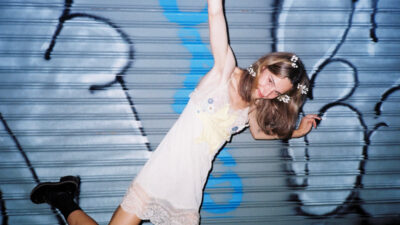
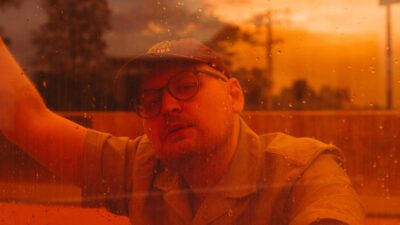

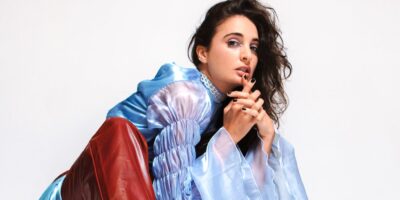
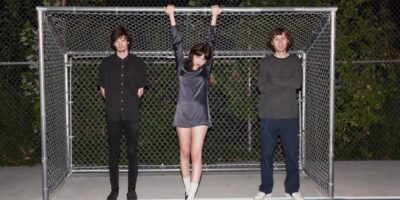
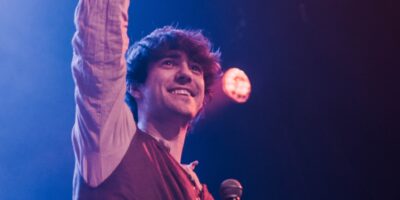
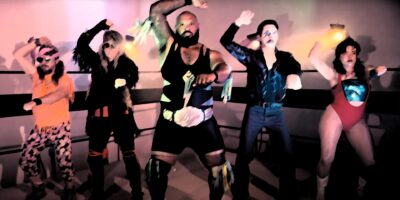
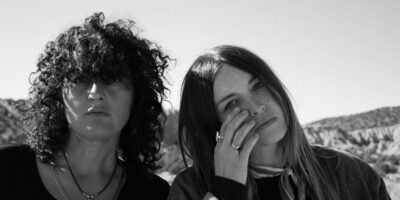


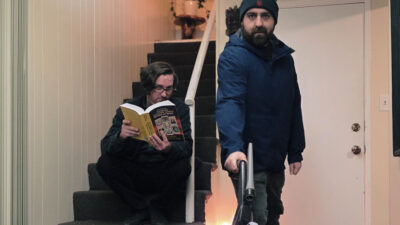
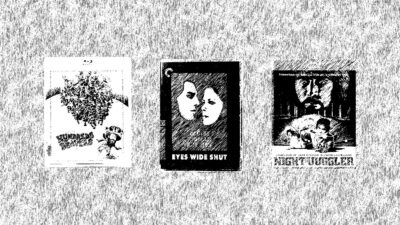

Comments